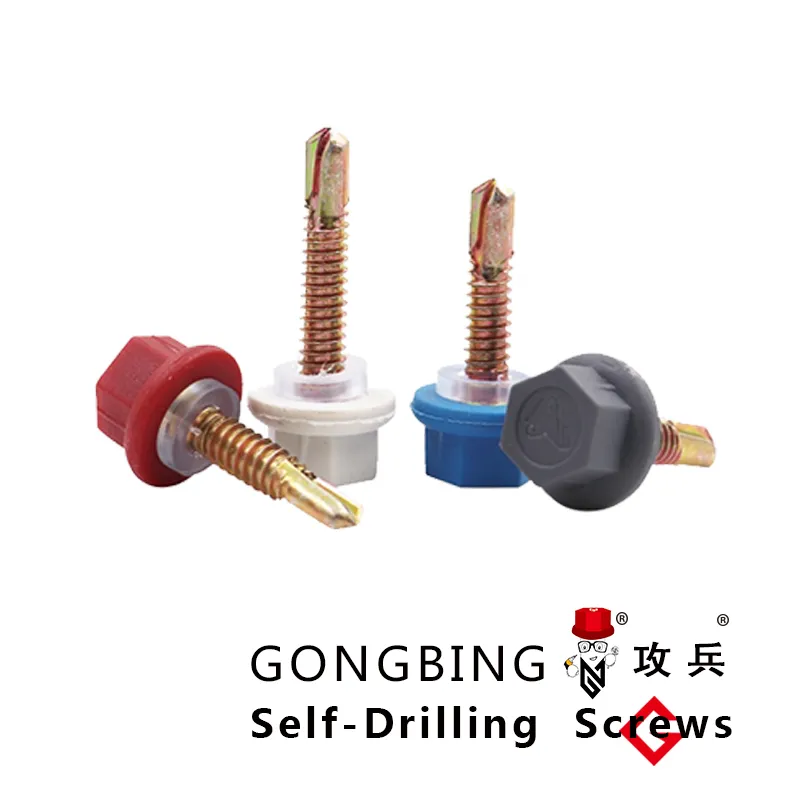Analysis of Black Bolt Connections in Steel Structures for Enhanced Structural Performance
Understanding the Role of Black Bolts in Steel Structures
In the realm of construction and engineering, steel structures have become a staple due to their strength, durability, and versatility. Among the various components that contribute to the integrity and performance of these structures, black bolts hold significant importance. This article delves into the characteristics, functions, and applications of black bolts in steel construction.
What are Black Bolts?
Black bolts, also known as black hex bolts or black carbon steel bolts, are typically made from uncoated carbon steel. Their dark appearance is due to the lack of protective plating, which gives them a distinctive look. The primary advantage of using black bolts lies in their cost-effectiveness and the specific properties they offer, making them suitable for a wide range of applications.
Characteristics of Black Bolts
The manufacturing process of black bolts involves heat treatment and a machining process that enhances their mechanical properties, such as tensile strength and ductility. Unlike their galvanized counterparts, black bolts do not have a protective coat, which makes them different in terms of corrosion resistance. Consequently, they are usually employed in situations where environmental exposure is limited or where aesthetic considerations play a crucial role.
Black bolts are available in various sizes and grades, complying with standards such as ASTM (American Society for Testing and Materials). The most common grades for black bolts used in construction include ASTM A307 and ASTM A36, known for their robustness and reliability.
black bolt in steel structure

Functions and Applications
In steel structures, black bolts are employed for fastening various components together. They are commonly used in conjunction with nuts and washers to create secure joints between steel beams and columns, as well as in the assembly of trusses. Their ability to bear heavy loads makes them particularly valuable in construction projects where strength is paramount.
Moreover, black bolts are often chosen for aesthetic reasons in architectural applications where the visual appeal of exposed fasteners is important. For instance, in modern building designs that showcase raw materials and industrial aesthetics, the use of black bolts can enhance the overall look while maintaining structural integrity.
Considerations for Use
While black bolts provide several advantages, engineers and construction professionals must be mindful of some limitations. Because they lack protective coatings, black bolts may be susceptible to rust and corrosion when exposed to moisture and harsh environments. Therefore, in applications where exposure to the elements is a concern, protective measures—such as regular maintenance, painting, or the selection of corrosion-resistant fasteners—should be considered.
Conclusion
In summary, black bolts play a vital role in the construction of steel structures. Their unique characteristics, combined with their cost-effectiveness and strength, make them an essential component in various engineering applications. While they may not offer the same level of corrosion resistance as other fasteners, their versatility and aesthetic appeal continue to make them a popular choice in modern construction practices. By understanding the properties and functionalities of black bolts, construction professionals can effectively utilize these components to enhance the structural integrity and design of steel buildings.
-
Wedge Anchor Bolts: Secure Fastening SolutionsYangiliklarAug.05,2025
-
Insulation Fixings: Secure and Durable SolutionsYangiliklarAug.05,2025
-
Full Threaded Studs: Versatile Fastening SolutionsYangiliklarAug.05,2025
-
Expanding Fasteners: Secure and Reliable SolutionsYangiliklarAug.05,2025
-
Butterfly Toggle Anchors: Secure and Easy to UseYangiliklarAug.05,2025
-
Bracing Solutions for Steel StructuresYangiliklarAug.05,2025
